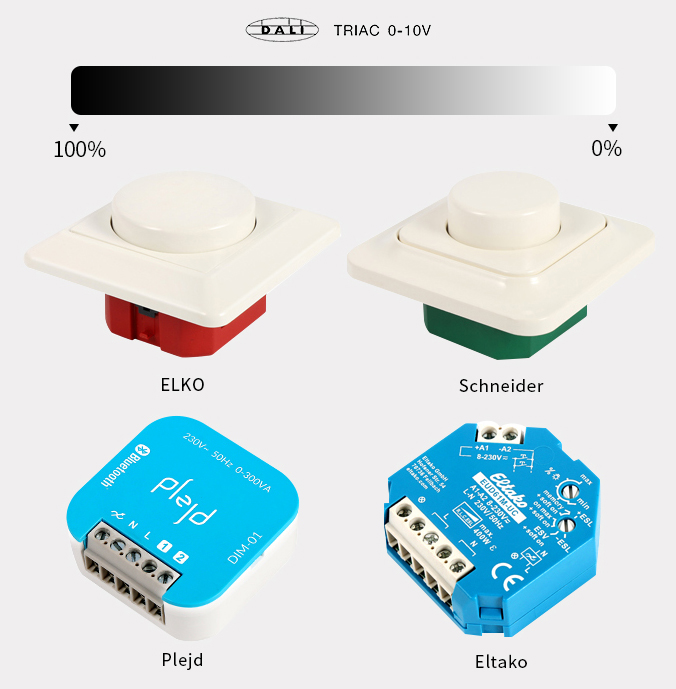How To Choose The Right LED Downlight
1. Brightness Level
The brightness level is the first thing that needs to be considered. Firstly, let's make it very clear that the brightness of a downlight (or any light) is measured by lumens, not wattage. While lumens and wattage are in many ways related, they are not actually measuring the same thing. Lumens is the measure of the total light output from a light source. This means the higher the rated lumens, the brighter the downlight will appear. Wattage (W), on the other hand, measures how much energy is burned to produce a set amount of light output (lumens). This explains why modern LED downlights are so much more energy efficient than older fluorescent or halogen downlights.
2. Build Quality
Build quality is the one thing that many suppliers don't often mention to you. When it comes to downlights, the materials used have a real world impact on the performance and durability of the product. The main considerations of build quality are: Frame and Heatsink, LED Driver and Diffuser.
If budget allows, we recommend choosing a downlight with an aluminium body, aluminium heatsink and an external LED driver.
3. Colour Temperature
Recent research shows a strong correlation between colour temperature and our sleeping patterns. The general consensus is that Warm White is more soothing to the eyes and has less effect on the production of melatonin (sleeping hormone) than Cool White. Cool White will improve our focus levels precisely by reducing our melatonin production twice as much as Warm White.
Colour temperature refers to the colour characteristics of light, usually either warm (yellowish) or cool (bluish). Colour temperature is measured in Kelvin – lower Kelvin numbers produce Warm White while higher Kelvin numbers produce Cool White.
Warm White = Less than 4000K
Cool White = More than 4000K
4. Beam Angle
Beam angle simply refers to the spread of light from the light source. Downlights with wide beam angle (60 degrees or more) creates a wider, softer light which is suitable for general ambient lighting. On the other hand, downlights with narrow beam angle (Less than 60 degrees) produce a sharp, concentrated light which is ideal for spotlighting.
We recommend choosing downlights with wide beam angle for general purpose lighting and narrow beam angle for spotlighting.


5. Dimmable or Non-Dimmable
Downlights can either be dimmable or non-dimmable. Dimmer switches can be added to dimmable downlights to control its level of light output. The dimmer gives us the flexibility to turn the downlight on maximum capacity when we need to see clearly and turn down whenever we need to relax. Imagine your last experience at the cinema and the crucial effect of dimming the lights down when the movie starts.
We recommend getting dimmer switches for the flexibility of adjusting the lighting level for entertainment or relaxation reasons.

6. IP Rating: Ingress Protection
The next step is to determine whether you need good IP rating for your downlights. IP rating, or Ingress Protection Rating, classifies a lighting fixture's degree of protection against both solids and liquids. Downlights with a minimum of IP44 rating is required for areas that are exposed to water or dust such as shower room, outdoor area or if you have a swimming pool.
7. Warranty
Finally, do not neglect the warranty part! Whenever possible, choose downlights with the longest in-home warranty. It can potentially save you hundreds of dollars from having to hire electricians to replace the downlights in the unfortunate event of a failure.
GOOD PRACTICES: KEEPING SPARES
A good practice is to purchase few extra downlights as spares. While LED downlights will last for many years, having that spare will be very handy when the time comes to replace them. Keeping few spares may also avoid the issue of not being able to get the same model if it is discontinued down the track.






